
10 minute read
Arrivals & Departures
ARRIVALS and DEPARTURES
Each month, we feature this section in our newsletter called “Arrivals and Departures,” spotlighting new employees (Arrivals) and departing/retiring employees (Departures). It is an honor to welcome the new employees and congratulate the retiring employees and wish both groups the best in their future endeavors.
ARRIVALS
E Komo Mai!
NAME TITLE DIVISION ISLAND DATE NATHAN SCOTT SCHLUPP GENERAL LABORER II HAR OAHU 08/03/20 MATTHEW S. COEN WELDER I HAR OAHU 08/17/20 JOHN K. FIGUEROA GENERAL LABORER II HAR HAWAII 08/19/20 KAINOA ALIILOA CRUM GENERAL LABORER I HWY HAWAII 08/25/20
DEPARTURES
Mahalo Nui Loa!
NAME TITLE DIVISION ISLAND DATE DALE C. ANDRES ENGINEER III HAR OAHU 08/01/20 PRISCILLA W.K. LIGH ENGINEER V AIR OAHU 08/01/20 ARNELSON SILDORA GENERAL LABORER I AIR OAHU 08/01/20 ASHLEY PIMENTAL JANITOR II AIR OAHU 08/21/20
Balance, Bend, and Breathe
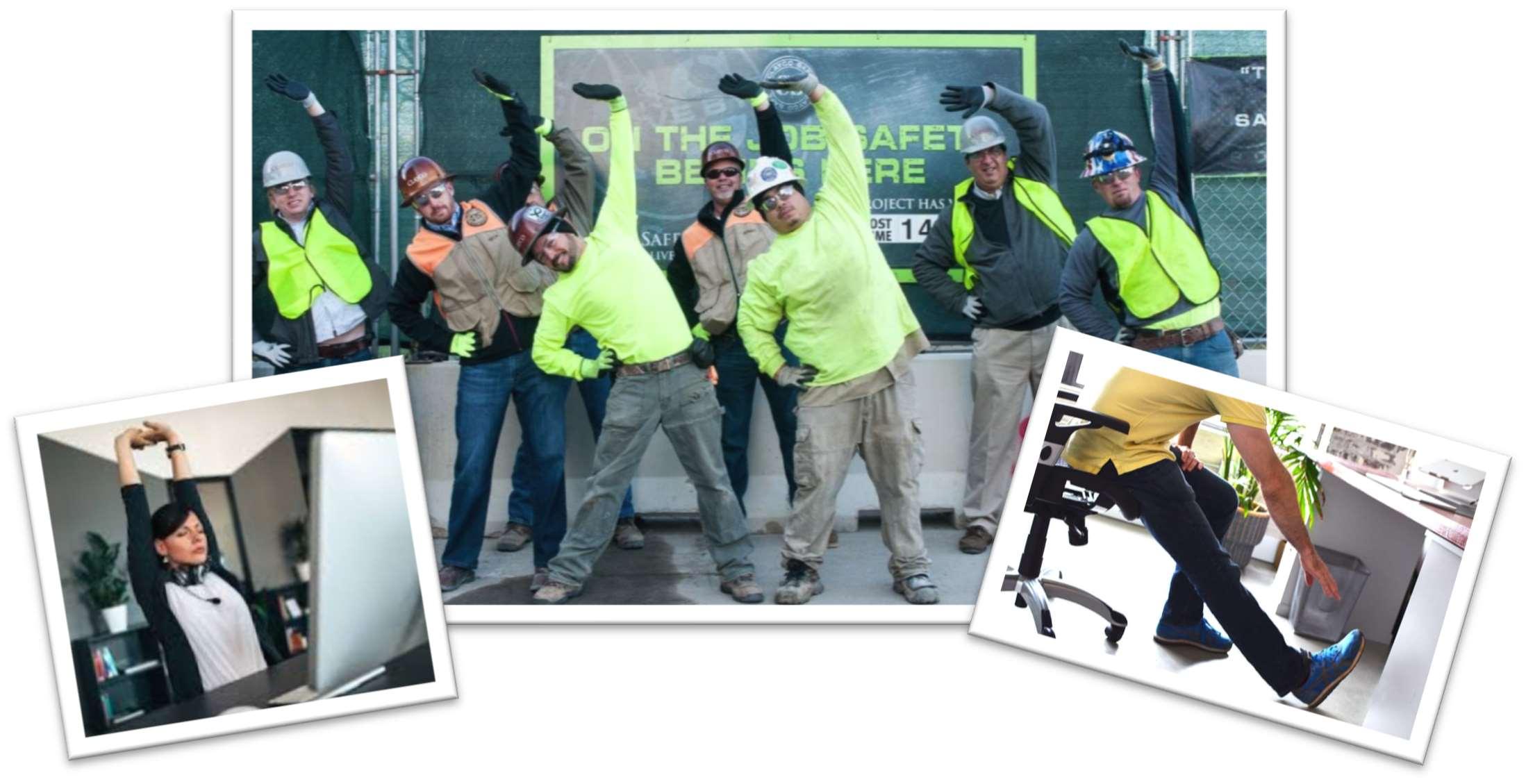
If you’re overloaded at work and need a break, this workshop is for you. Learn easy stretches and balancing exercises you can do whether you’re working from home, office, or in the field. We’ll also guide you through a gentle chair yoga flow to help you
decompress and clear your mind. Check with your doctor before starting any exercise program.
EUTF Health Education Workshop- Live Webinar – SIGN UP TODAY
1st Session: Wednesday 9/9/2020 11:30am-12:30pm 2nd Session: Tuesday 9/22/2020 12:00-1:00pm To register online, go to https://yl8lpcnw5p.timetap.com 1 . Select your location- EUTF Health Education Workshop- Live Webinar, EUTF Balance,
Bend & Breathe- HMSA Health Education Workshop as your service, then choose the preferred date and time from the calendar. 2 . Complete your registration with your name and email. Add your cell phone number (optional) if you would like a TEXT REMINDER, and check "Send me a text reminder."
Questions: Contact Heather Lauro, email heather_lauro@hmsa.com or call 808-952-7725
September 2020
Taking Care of the Human Side of Hawaii Businesses

When Tragedy Strikes at Work
There are best practices for coping with tragedy in the workplace, and communication is crucial for all of them. 1) Share all appropriate information. It facilitates healing discussions among workers. 2) Don’t judge others’ reactions. There is no “correct” way of reacting to tragedy. Each person is unique, and the reasons why are complex. 3) Use your EAP resources. They can speed your way to a healthful return to your pre-tragedy emotional state. 4) Even if you feel no support is needed, consider a “check-in” that can help keep you from overlooking a reaction that later interferes with social or job functioning. 5) Because tragic events can adversely affect focus and performance, give it time, and be patient with people.
Use “Distancing” to Think Calmly Under Pressure
There is another kind of distancing worth knowing about: “distancing” as a job skill, and a means of functioning well under pressure. Distancing is the mental task of separating oneself emotionally from severe interactional stress (e.g., a verbally irate customer) so you maintain focus on a task. To develop the distancing skill, take a deep breath when under pressure; acknowledge the situation (“Okay, the pressure’s on. I can do this.”); challenge yourself to be calm and visualize calmness; and focus on positives and the temporary nature of the event. Employers value workers who can perform well under pressure.
Find the Answer with This Brainstorming Tool
Brainstorming is powerful. A group of people gather to find a solution by generating ideas without filtering, qualifying, judging, or feeling embarrassed about wild ideas. This resource does the same thing—you don’t need others to use this “fast idea generator” tool. Find it at www.nesta.org.uk/toolkit/fast-idea-generator. The worksheet prompts you to think differently in order to help you create ideas to solve problems.
Keiki Solutions to Coping with COVID
“Back-to-school” means something dramatically different this fall, but coping well with changes requires discussing them as an ohana. After school, ask the kids how things are going, but expect the usual “hmm ... fine.” To identify hidden worries, like bullying or social skills gaps that are causing distress, use open-ended questions that can’t be answered with yes, no, or fine. Work on solutions together. Try brainstorming as a family unit or one on one with your keiki. You’ll be surprised at the solutions kids imagine for solving their problems, ones that fit perfectly with their circumstances.
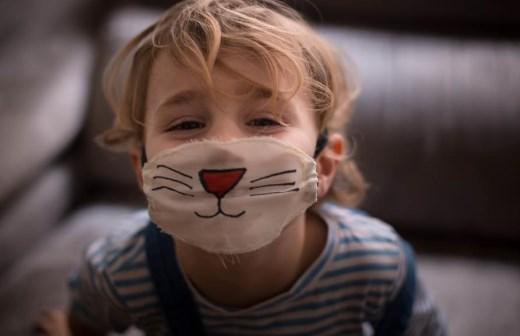
Drug Abuse Resurgence of GHB
Gamma-hydroxybutyric acid (GHB) is a colorless liquid or white powder that is often associated with the club scene and rave parties. It is an illicit drug that has had a resurgence recently. GHB can easily be placed in a beverage, and has been associated with date rape. The drug produces euphoria and memory loss, among other effects, but a drop too much can cause seizures and death. Hundreds have died after being unwittingly dosed by others. Other drugs used to facilitate sexual assault include Rohypnol and ketamine, but the most common drug used to facilitate rape is still alcohol. Source: DEA.gov [search “GHB”]
Benefits of Brisk Walking
“Walk faster and live longer” is a popular health tip. Now, research seems to support it. A three-year study of 92,000 people found that those who walked briskly for seven minutes daily within a 12-minute walk had a 30% lower likelihood of death. A two-minute brisk walk within a 35-minute stroll lowered risk of early death by 21%! If you don’t have an easy exercise program, it’s likely not a problem of capability. Instead, it is a problem of motivation. Overpower your resistance by identifying something you truly enjoy, and combine it with the exercise routine—music, books on tape, or mind-blowing educational content you’ve always wanted to hear or study. Let your doctor approve any exercise program, but find one that makes an impact like this one! Research: www.nature.com [search: [s41591-020-1012-3]
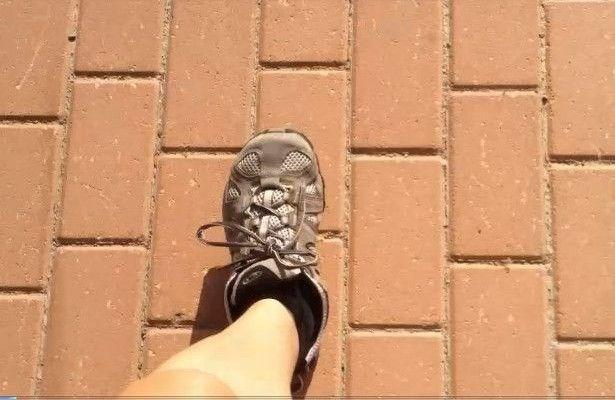
Tips for Making Better Impressions at Work
Embrace these overlooked work habits to impress company leadership: 1) Put away the smartphone before the meeting begins. You might be producing good work as you’re tapping away, but phones are also fun, leisurely browsing devices. Many managers who have to compete with your phone might assume you’re indifferent, but they may not remark on it. 2) Bring more solutions to the table along with problems you identify. This solution-oriented mindset will elevate your reputation. 3) Focus on quality in your work, rather than quantity. Make it a part of who you are, but resist the temptation to direct others in noticing it. They do. 4) Show excitement for the job, focus on the positive, be willing to tackle tough assignments, and see opportunities in disappointment.
Increase Productivity While Working from Home
Working remotely is the new normal for many employees. This change is requiring millions of workers to adapt. However, when family time increases, so can domestic stress. Add social isolation mandates, and you have a recipe for increased bickering and family squabbles. Have you experienced this “quarantine quarreling”? Has it affected your work productivity? We’re all familiar with bickering. It’s about the small stuff: “Whose turn is it to walk the dog?” and “How come no one put the wet laundry in the dryer?” Reducing bickering begins with understanding it is normal. Feeling less guilty about it can help you focus on intervention strategies. The inevitable is fewer incidents of its occurrence, fewer interruptions of your job, and more instances of members of your family communicating healthily. Even children can learn conflict resolution skills, and all can build the resilience necessary to cope with twists and turns in how the world responds to the pandemic. To these ends: 1) Have regular family meetings to discuss the need for a private, quiet workspace. Refresh and reinforce agreements about the rules to keep your remote workspace a productive one. 2) Take planned breaks to attend to family needs, which don’t vanish while you are working. Even 30 minutes spent attending to chores will reduce frustrations or resentments attributed to your being “always unavailable.” 3) Decide on definite work hours, if possible. It is easier to keep working after hours than to switch gears in favor of work-life balance. 4) Plan events on a family calendar so that everyone can look forward to and anchor themselves on them. This increases resilience and the ability to be more patient in the present. 5) Exercise with family members. The positive effects of exercising together are well documented in research. There is perhaps no more efficient way to accomplish three important goals at once—improving health, managing stress, and building bonds with those you love. Source: nih.gov [search “PMC4552681”]

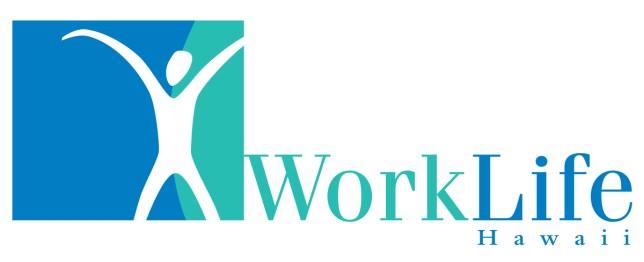
A Division of Child and Family Service Taking Care of the Human Side of Hawaii’s Businesses
Your Local Employee Assistance Program (EAP) (808) 543-8445 Neighbor Islands and After Hours: (800) 994-3571 www.WorkLifeHawaii.org Central Office: 1001 Bishop St., Ste. 780 Honolulu, HI 96813
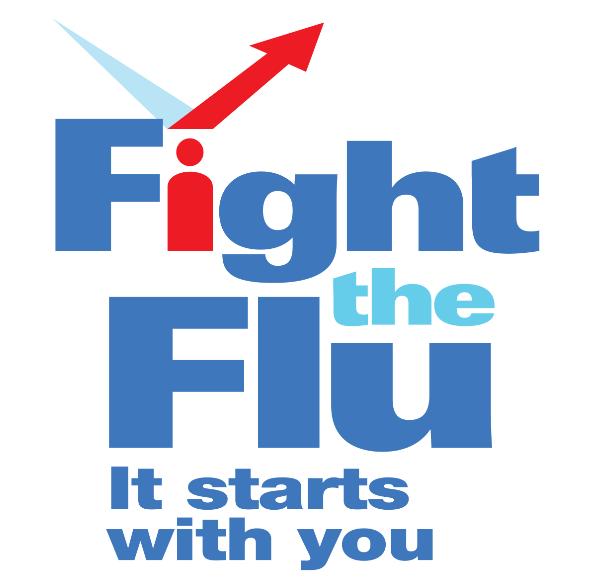
During the COVID-19 pandemic, taking action against influenza will be more important than ever. Influenza (flu) is a serious contagious disease that can lead to hospitalization and even death. This upcoming flu season will coincide with the COVID-19 pandemic; therefore, it is especially important to do everything possible to reduce the spread of flu.
The Centers for Disease Control and Prevention (CDC) and the Hawaii Department of Health urge you to “Take 3” Actions to Fight the Flu.
1. Take time to get a flu vaccine for yourself and your family members.
• CDC recommends a yearly flu vaccine as the first and most important step in protecting against flu viruses. • Flu vaccines will not prevent COVID-19, but they will reduce the burden of flu illnesses, hospitalizations and deaths on the health care system and conserve scarce medical resources for the care of people with COVID-19. • Everyone 6 months of age and older should get the flu vaccine by the end of October. • Vaccination of high risk persons (including young children, pregnant women, persons 65 years of age and older, and people with certain chronic health conditions) is particularly important to decrease their risk of severe flu illness. Many people at higher risk from flu also seem to be at higher risk from COVID-19. • Do your part – flu vaccinations work to protect your health and the health of your family members and community as well. Getting vaccinated provides protection to those around you who may be at high risk of severe illness, including those who may be too young to be vaccinated and those with medical conditions who cannot be immunized.
2. Take everyday preventive actions to stop the spread of germs.
• Avoid close contact with people who are sick. • If you are sick, stay home and limit contact with others as much as possible to keep from infecting them. • Cover coughs and sneezes. • Wash your hands often with soap and water. If soap and water are not available, use an alcohol-based hand rub. • Avoid touching your eyes, nose and mouth. Germs spread this way. • Clean and disinfect surfaces and objects that may be contaminated with viruses that cause flu.
3. Take flu antiviral drugs if your doctor prescribes them.
• If you are sick with flu, antiviral drugs can be used to treat your illness. Flu antiviral drugs are not designed to treat COVID-19 • Antiviral drugs can make flu illness milder and shorten the time you are sick. They may also prevent serious flu complications. • If you are at higher risk from flu and get flu symptoms, call your health care provider early so you can be treated with flu antivirals if needed.
Questions? Contact your immunization provider or the Hawaii Department of Health Immunization Branch:
• E-mail: immunization@doh.hawaii.gov • Phone: (808) 586-8332 or 1-800-933-4832 (toll-free)








